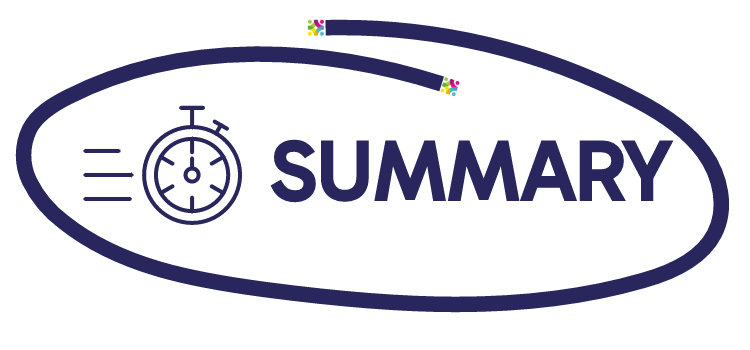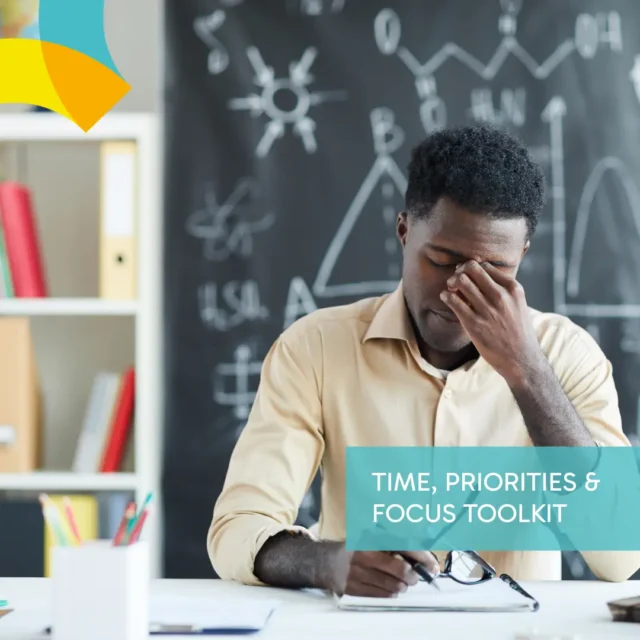
24 September 2024
Designing Inclusive School Environments
Creating an inclusive school environment means designing spaces that reflect the diverse needs of everyone in the community, not just pupils, but staff too. Whether it’s a classroom, staffroom or shared working area, the physical and sensory environment can have a significant impact on wellbeing, performance, and belonging. In this article, we focus on how to design school environments that are supportive of neurodivergent individuals. While inclusive practice is often part of teaching and learning strategies, it is just as important to consider the school environment itself. Drawing on insights from a conversation with Charlotte Simpkins of Bluespace, a design company increasingly asked to support more inclusive spaces, we highlight five key areas that can help create more inclusive school settings for staff and students alike. Are you ready to learn more about designing inclusive school environments?
Sensory Sensitivity
Many neurodivergent individuals experience heightened sensitivity to noise, light, smell or visual clutter. In schools, sensory overload can easily occur in bustling corridors, harshly lit classrooms, or noisy staffrooms.
Designing quieter, calmer spaces can support both learning and working. This might include:
- Breakout areas with softer lighting
- Access to quiet zones for focused work or recharging
- Adjustable lighting in classrooms and staff areas
- Incorporating natural elements and calming colours into the design
Charlotte also recommends exploring innovative products such as air-purifying paints that help create fresher environments, particularly important for those sensitive to environmental triggers.
Communication and Social Interaction
Neurodivergent pupils and staff may find social communication challenging or overwhelming. Schools can adopt simple adjustments that make interaction more accessible:
- Use visual timetables or clear signage
- Offer written or pictorial instructions alongside verbal ones
- Provide staff training on inclusive communication
- Encourage social spaces that are welcoming but not overstimulating
These changes support inclusivity not only in the classroom but throughout the staff experience too.
Flexible Work and Learning Spaces
Flexible learning and working areas support different sensory and cognitive needs. For example:
- Offering alternative seating (e.g. wobble stools, floor cushions, ergonomic chairs)
- Providing choice in where pupils or staff can work quietly or collaboratively
- Allowing some staff to use breakout rooms for planning or quiet tasks
When people are able to choose the environment that suits them best, it enhances comfort, concentration, and self-regulation.
Supportive School Policies and Practice
Physical design must be supported by inclusive policies. Schools can consider:
- Flexibility around break times, start/finish times, or workspace location for staff who need adjustments
- Access to wellbeing coaching or support services
- Staff training on neurodiversity and inclusion
- Ensuring school values clearly support acceptance, flexibility and understanding
When inclusive environments are backed by inclusive policies, they are far more effective and sustainable.
Accessibility and Ongoing Feedback
True inclusion includes listening. Schools should involve neurodivergent staff and students in shaping the spaces and systems around them. This might include:
- Consulting staff or pupil voice groups about physical environment changes
- Reviewing accessibility for sensory needs as well as physical access
- Using assistive technologies to support communication or organisation
- Making continuous improvements based on feedback
Reflection Questions for School Leaders and Site Teams
The following questions serve as an initial framework to assess, enhance and prioritise the needs of neurodivergent employees. They offer a starting point for evaluating and improving your environment to foster a supportive and inclusive environment for all individuals.
- Do we provide calm, sensory-considerate spaces for both pupils and staff?
- How could we improve signage, instructions, or communication methods around school?
- Are there opportunities to offer more flexibility in how and where staff work?
- What support and adjustments are in place for neurodivergent colleagues?
- How often do we seek feedback on how inclusive our environment feels to those who use it daily?
Conclusion
Designing inclusive school environments is not about large-scale refurbishment, it’s about thoughtful choices, consistent messages, and a culture that listens. Whether you’re considering changes to a classroom, a shared workspace, or the staffroom, small adjustments can have a big impact.
When schools invest in inclusive environments, they create communities where every individual, adult or child, feels seen, supported and able to thrive.

Quick summary – Designing Inclusive School Environments
1. Sensory Sensitivity – Create low-stimulation areas and consider light, noise, and air quality
2. Communication – Use visual and written communication tools to support clarity
3. Flexible Spaces – Provide a choice of seating and work areas for different needs
4. Policies and Practice – Ensure inclusive values are reflected in day-to-day systems
5. Ongoing Feedback – Involve neurodivergent voices in design and review processes
Catch up on this series
Blog 1 – Creating Schools Where Teachers Thrive
Blog 2 – Designing School Spaces That Support a Thriving Staff Culture
Blog 3 – Affordable Tips for Teacher-Friendly School Environments
Unleash boundless potential with our newsletter! Gain access to valuable insights, stay updated with the latest news, and be inspired by captivating stories and innovative ideas. Don’t miss out, join us today and unleash your full potential!
Sign up to our newsletter to gain access to regular People First updates.




